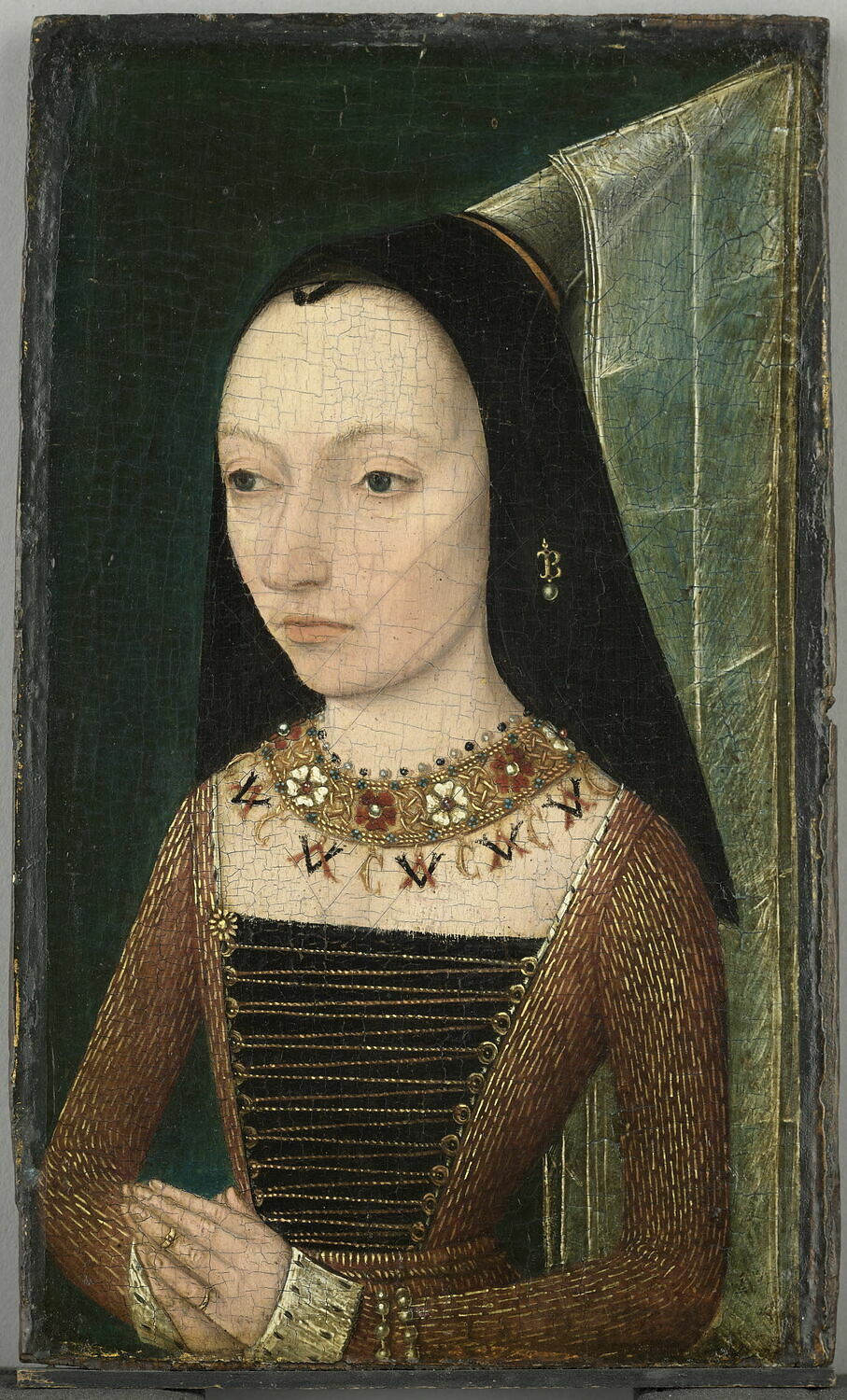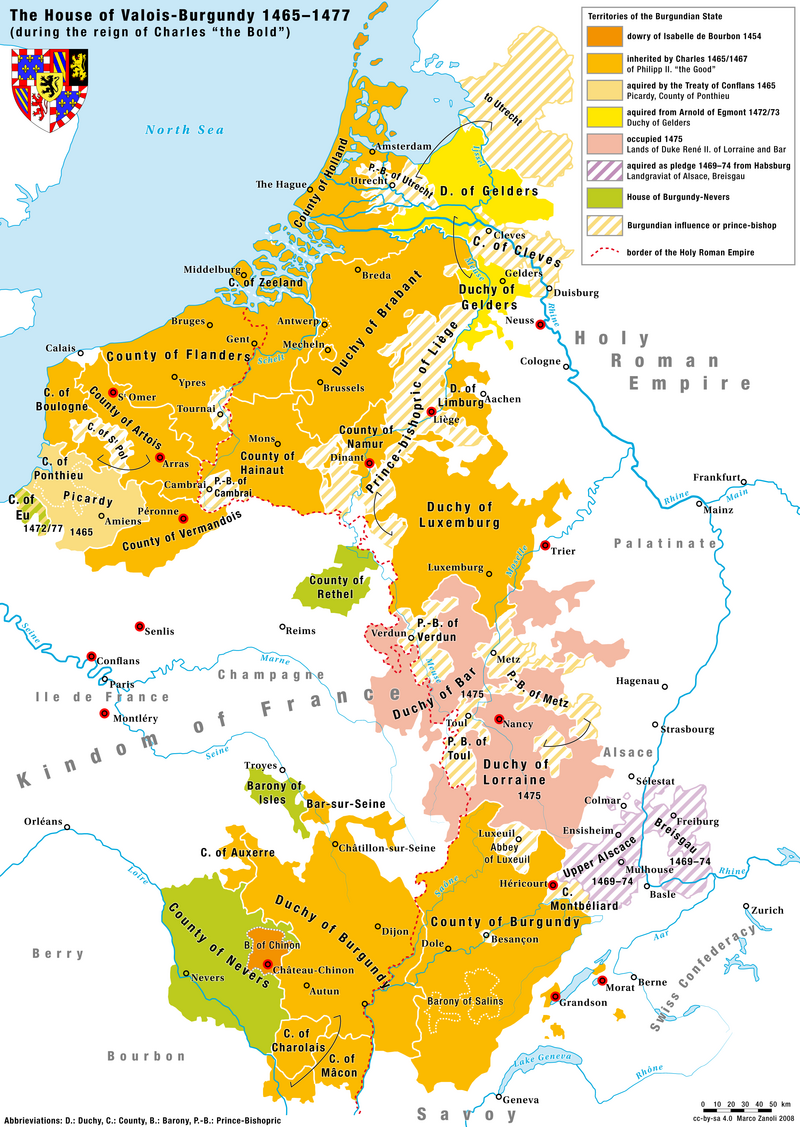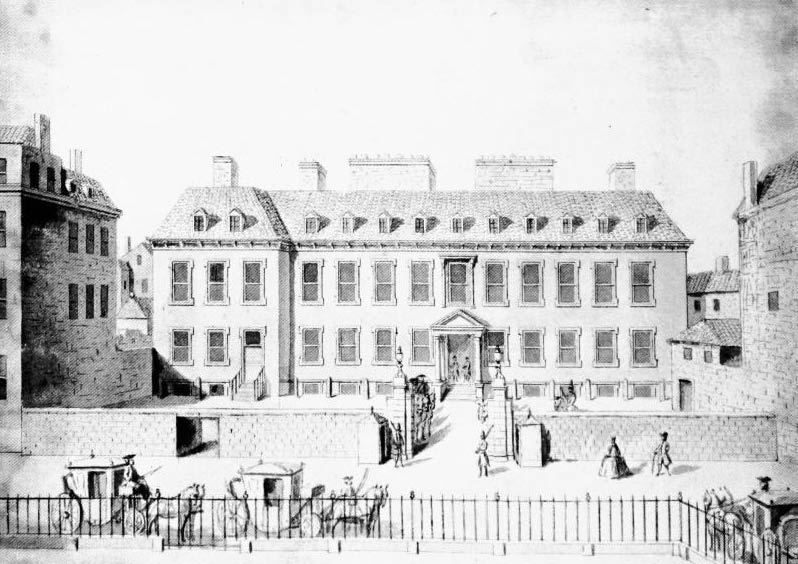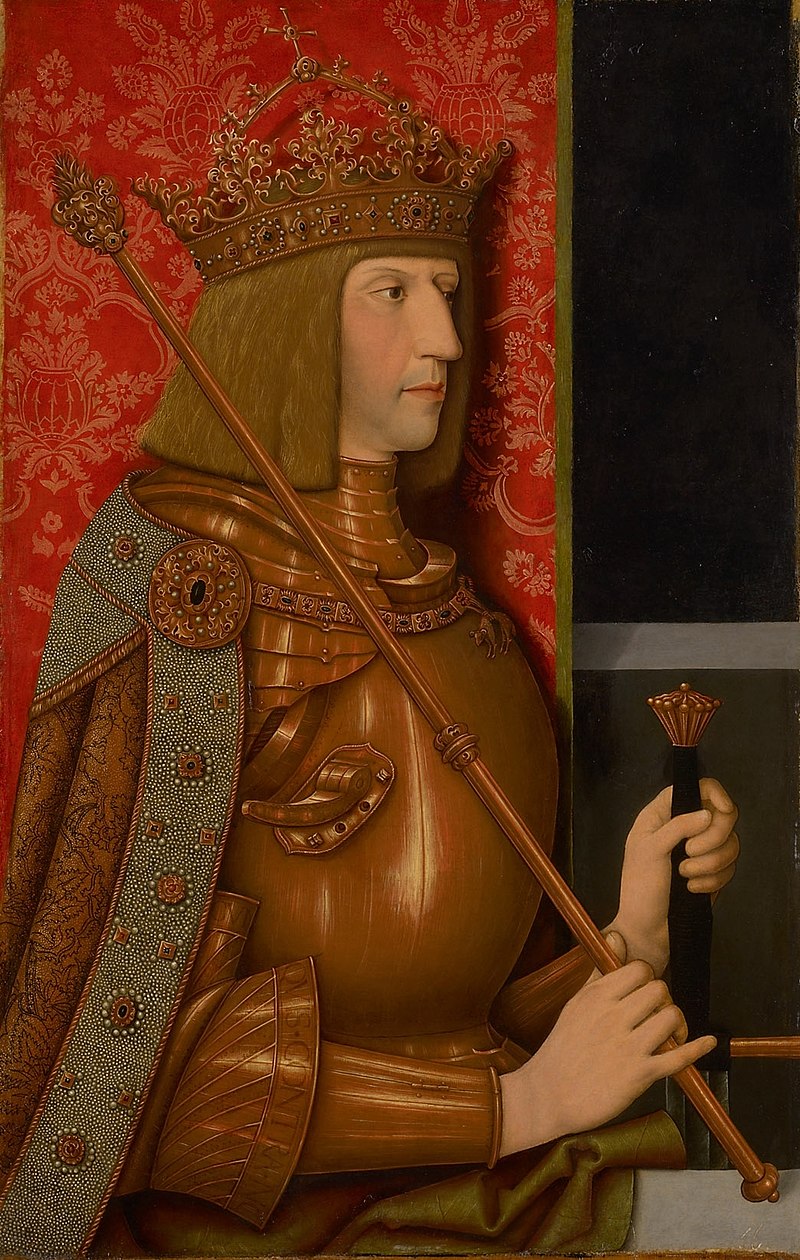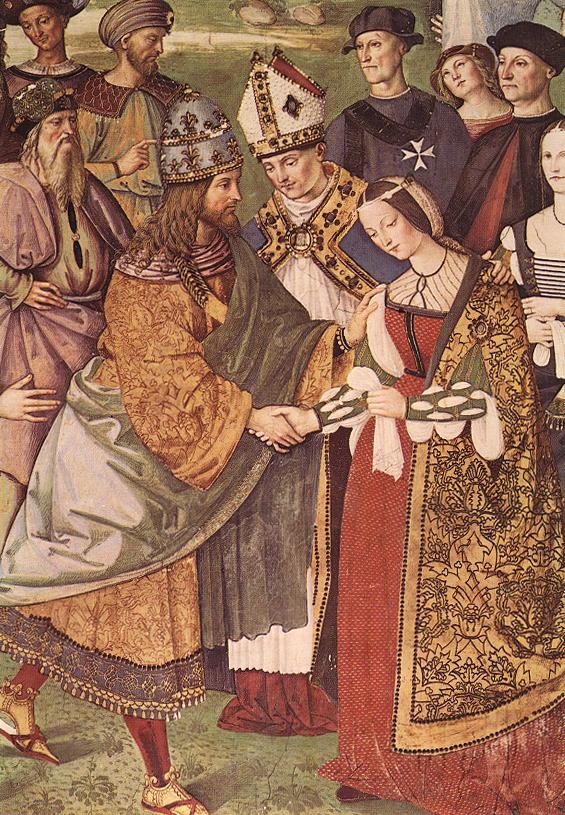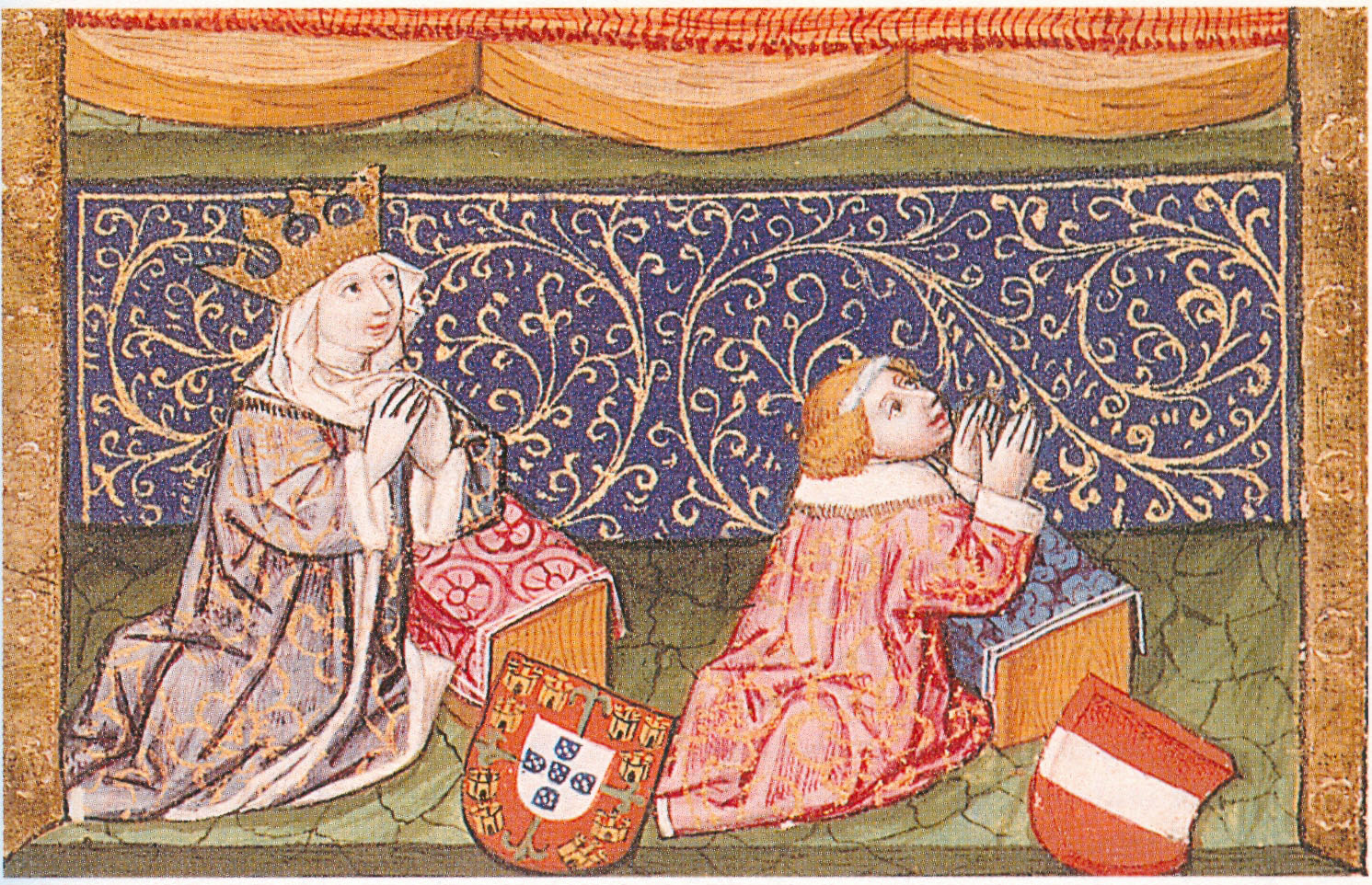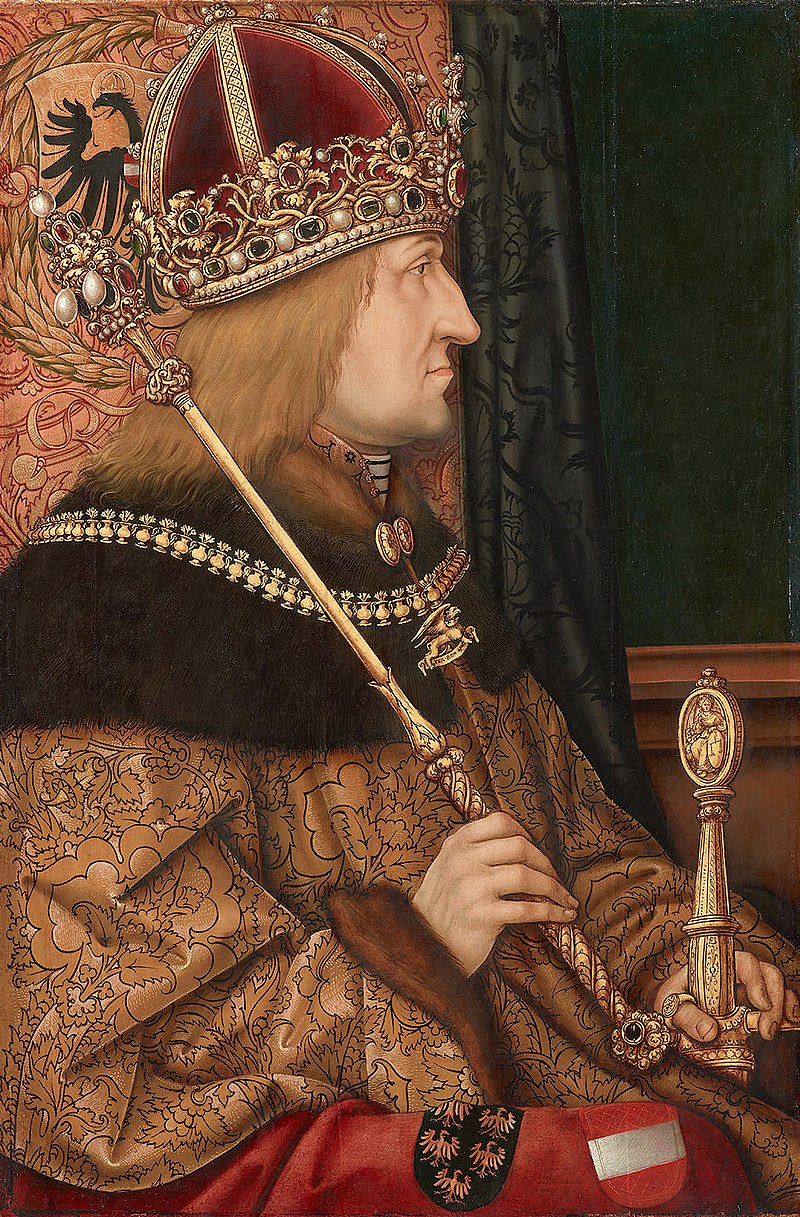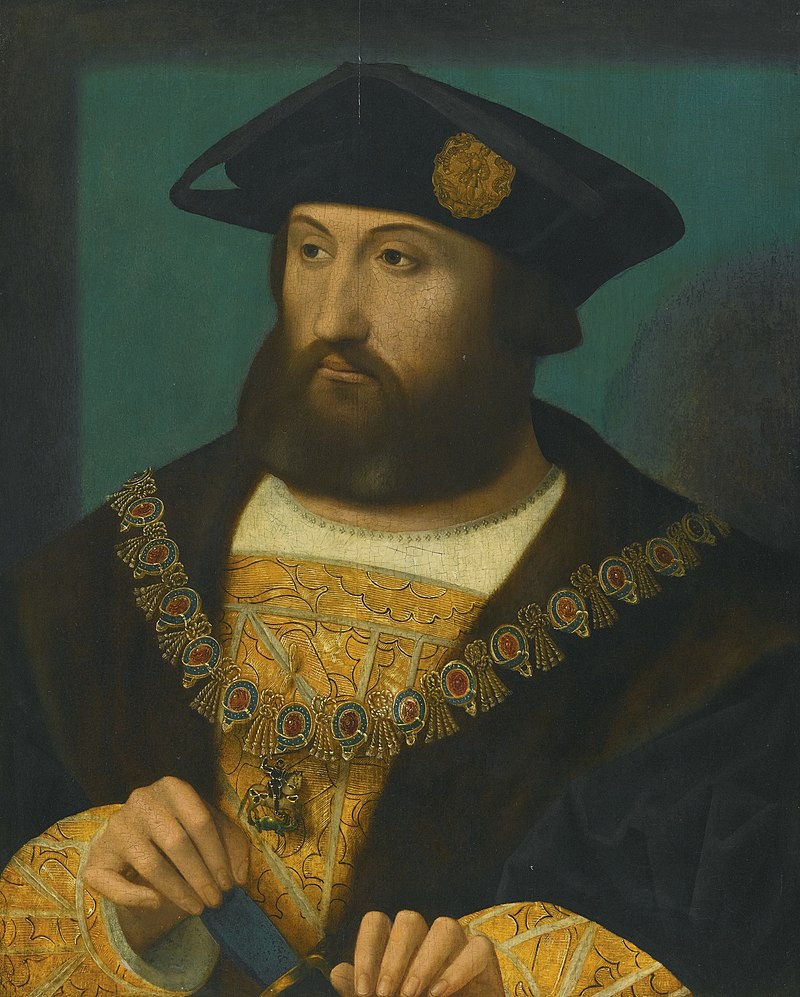by Susan Flantzer
© Unofficial Royalty 2023

Prince William Henry, Duke of Gloucester and Edinburgh; Credit – Wikipedia
Prince William Henry, Duke of Gloucester and Edinburgh was born on November 25, 1743, at Leicester House which stood on present-day Leicester Square in London, England. He was the fifth of the nine children and the third of the five sons of Frederick, Prince of Wales and Princess Augusta of Saxe-Gotha-Altenburg. His paternal grandparents were King George II of Great Britain and Caroline of Ansbach. William Henry’s maternal grandparents were Friedrich II, Duke of Saxe-Gotha-Altenburg and Magdalene Auguste of Anhalt-Zerbst.
William Henry was christened on December 6, 1743, at Leicester House. His godparents were:
- Willem IV, Prince of Orange, his paternal uncle by marriage
- Prince William Augustus, Duke of Cumberland, his paternal uncle
- Princess Amelia of Great Britain, his paternal aunt

Family of Frederick, Prince of Wales painted in 1751 after his death; Front row: Henry, William, Frederick; Back row: Edward, George, Augusta, Dowager Princess of Wales holding Caroline Matilda, Elizabeth, Louisa; Credit – Wikipedia
William Henry had eight siblings:
- Princess Augusta of Wales, Duchess of Brunswick (1737 – 1813) married Karl Wilhelm Ferdinand, Duke of Brunswick, had seven children
- King George III of the United Kingdom (1738 – 1820) married Charlotte of Mecklenburg-Strelitz, had fifteen children
- Prince Edward of Wales, Duke of York (1739 – 1767) died aged 28, unmarried
- Princess Elizabeth Caroline of Wales (1740 – 1759) died aged 18, unmarried
- Prince Henry of Wales, Duke of Cumberland (1745 – 1790) married Anne Luttrell, no children
- Princess Louisa of Wales (1749 – 1768) died aged 19, unmarried
- Prince Frederick of Wales (1750 – 1765) died aged 15, unmarried
- Caroline Matilda of Wales, Queen Consort of Denmark and Norway (1751 – 1775) married her first cousin Christian VII, King of Denmark and Norway, had two children
In 1751, when William Henry was not quite eight-years-old, his father died, leaving a pregnant widow with eight children. William Henry’s thirteen-year-old eldest brother George was now the heir to the throne and was created Prince of Wales by his grandfather King George II. Upon the death of King George II in 1760, William Henry’s eldest brother succeeded as King George III. William Henry was made a Knight of the Order of the Garter in 1762. Two years later, in 1764, King George III created his brother William Henry Duke of Gloucester and Edinburgh, and Earl of Connaught and named him a Privy Councilor.
William Henry had his heart set on an active career in the military but due to issues with his health causing an inability to adequately train, this was impossible. When the American Revolutionary War (1775 – 1783) started, William Henry hoped for a field command, but King George III refused. He then requested to serve in the army of King Friedrich II (the Great) of Prussia during the War of Bavarian Succession (1777 – 1779), but Friedrich II denied the request. William Henry had military appointments but in name only. In addition, William Henry was Ranger of Hampton Court, Keeper of Windsor Forest and Cranborne Chase, Warden of New Forest, and Chancellor of Trinity College in Dublin, Ireland. William Henry had a shy nature, and he deliberately avoided society functions and took no interest in politics.
William Henry’s military appointments:
- Colonel of the 13th Regiment of Foot: 1766 – 1767
- Colonel of the 3rd Foot Guards: 1767 – 1770
- Colonel of the 1st Foot Guards: 1770 – 1805
- Major General: 1767
- Lieutenant-General: 1770
- Field Marshal: 1793
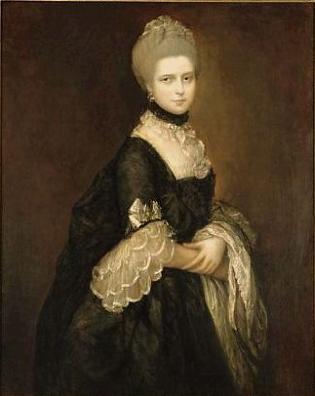
William Henry’s wife Maria, Duchess of Gloucester and Edinburgh; Credit – Wikipedia
On September 6, 1766, William Henry married Maria Waldegrave, Countess Waldegrave, née Walpole, at her father’s home in Pall Mall, London, England. Mary was the widow of James Waldegrave, 2nd Earl Waldegrave and the illegitimate daughter of politician Sir Edward Walpole, who never married, and his mistress Dorothy Clement. William Henry and Maria’s marriage was held in secret as William Henry’s marriage to a widow of non-royal rank and illegitimate birth would not have been acceptable. King George III was unaware of this marriage until 1772.
William Henry became the stepfather of Maria’s children:
- Lady Elizabeth Waldegrave (1760 – 1816), married her paternal first cousin George Waldegrave, 4th Earl Waldegrave, had six children
- Lady Charlotte Waldegrave (1761 – 1808), married George FitzRoy, 4th Duke of Grafton, had ten children
- Lady Anne Horatia Waldegrave (1762 – 1801), married Lord Hugh Seymour, had seven children; Anna’s and Hugh’s descendants include Charles Spencer, 6th Earl Spencer; Diana, Princess of Wales; Prince William, Prince of Wales and Prince Harry, Duke of Sussex.
In 1771, William Henry’s younger brother Prince Henry, Duke of Cumberland and Strathearn married a commoner and a widow, Anne Horton (born Anne Luttrell) without the permission of his brother King George III who did not approve of the marriage as Anne was a commoner and previously married. The marriage of Prince Henry, Duke of Cumberland led to the passing of the Royal Marriages Act in 1772. The act stipulated that no descendant of King George II under the age of 25, with the exception of descendants of princesses who married into foreign families, could marry without obtaining the consent of the sovereign. Over the age of 25, those wishing to marry without obtaining consent needed to inform the Privy Council of their intention. They would then be free to marry in a year if no objection had been raised by Parliament. The Royal Marriages Act was repealed on March 26, 2015, as a result of the 2011 Perth Agreement. The Royal Marriages Act’s provisions were replaced by less limited restrictions that apply only to the first six people in the line of succession to the British throne.
King George III did not know that his brother William Henry had secretly married Maria in 1766. For six years, King George III believed that his brother William Henry was a bachelor and that Maria was his mistress. In September 1772, five months after the Royal Marriages Act was passed, William Henry found out Maria was pregnant and confessed to his brother that he was married. King George III was quite upset not only by the marriage but also by William Henry’s deception. The King appointed a committee consisting of Frederick Cornwallis, Archbishop of Canterbury, Richard Terrick, Bishop of London, and Henry Bathurst, 2nd Earl Bathurst, Lord High Chancellor to investigate the validity of the marriage. Because the provisions of the Royal Marriages Act could not be applied retroactively, William Henry and Maria’s marriage was considered valid. Their children were styled His/Her Highness Prince/Princess and used the territorial designation of Gloucester as great-grandchildren in the male line of King George II. However, due to the anger of King George III, Maria, now Duchess of Gloucester, was never received at court.


William Henry’s children Sophia and William Frederick; Credit – Wikipedia
- Princess Sophia of Gloucester (1773 – 1844), unmarried
- Princess Caroline of Gloucester (1774 – 1775), died in infancy following a smallpox inoculation, intended to protect her from the disease
- Prince William Frederick, Duke of Gloucester and Edinburgh (1776 – 1834), married his first cousin Princess Mary of the United Kingdom, fourth daughter of King George III, no children

Prince William Henry in the year before his death; Credit – Wikipedia
On August 25, 1805, Prince William Henry, Duke of Gloucester and Edinburgh, died, aged sixty-one, at Gloucester House on Upper Grosvenor Street in London. His funeral was held at St. George’s Chapel at Windsor Castle in Windsor, England, where he was interred in the Gloucester Vault. The Gloucester Vault is located in the South Quire Aisle and was built by William Henry for his family. His wife Maria, Duchess of Gloucester survived him by two years, dying on August 22, 1807, aged 71. She was buried with her husband in the Gloucester Vault. Also buried in the Gloucester Vault are William Henry’s daughter Princess Sophia of Gloucester, his son Prince William, Duke of Gloucester, and Prince William’s wife and first cousin Princess Mary, Duchess of Gloucester, daughter of King George III.
This article is the intellectual property of Unofficial Royalty and is NOT TO BE COPIED, EDITED, OR POSTED IN ANY FORM ON ANOTHER WEBSITE under any circumstances. It is permissible to use a link that directs to Unofficial Royalty.
Works Cited
- Flantzer, Susan. (2019) Prince William Frederick, Duke of Gloucester, Unofficial Royalty. Available at: https://www.unofficialroyalty.com/prince-william-frederick-duke-of-gloucester/ (Accessed: 13 May 2023).
- Prince William Henry, Duke of Gloucester and Edinburgh (2023) Wikipedia. Available at: https://en.wikipedia.org/wiki/Prince_William_Henry,_Duke_of_Gloucester_and_Edinburgh (Accessed: 13 May 2023).
- Royal Marriages Act 1772 (2023) Wikipedia. Available at: https://en.wikipedia.org/wiki/Royal_Marriages_Act_1772 (Accessed: 13 May 2023).
- Weir, Alison. (1989) Britain’s Royal Families: The Complete Genealogy. London: Vintage Books.
- Williamson, David. (1996) Brewer’s British Royalty: A Phrase and Fable Dictionary. London: Cassell.



